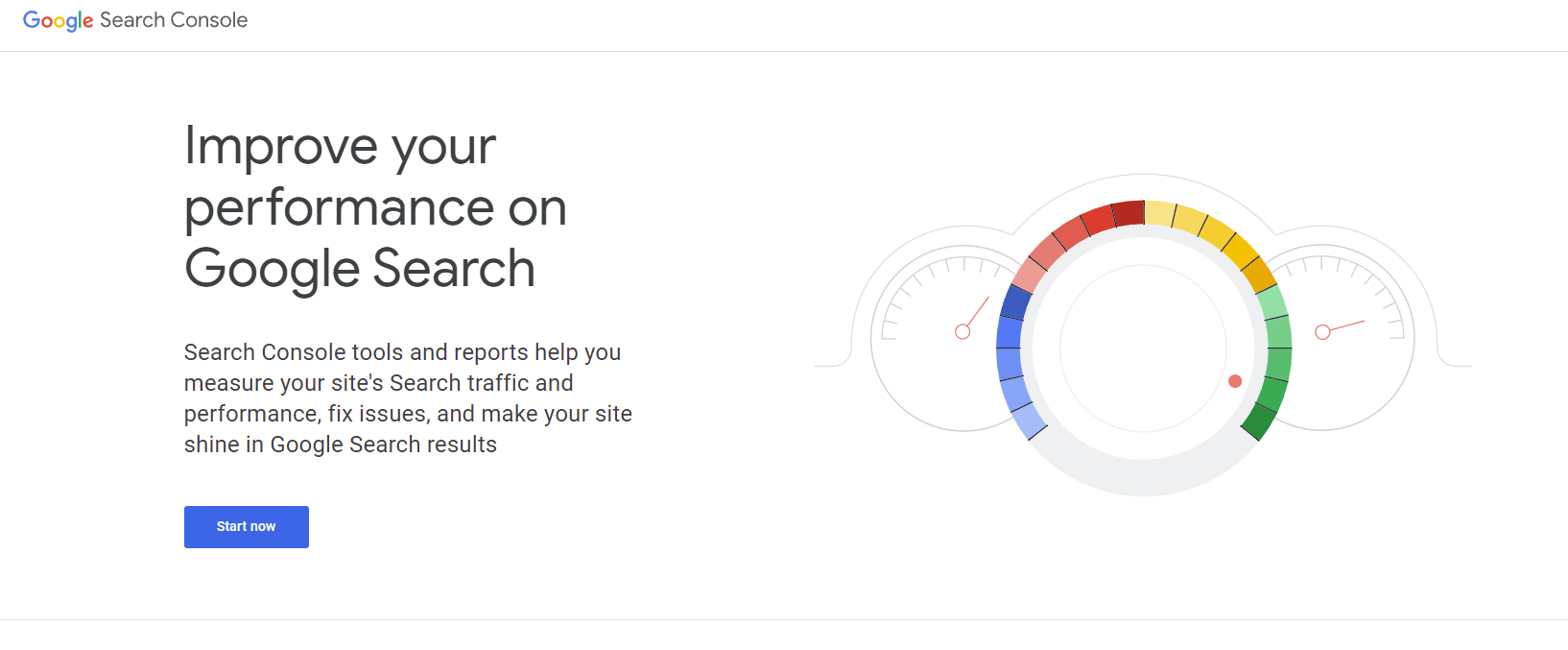|
A content review checklist comes in handy to boost website performance. Search engines (and the humans who use them) crave relevant and engaging content. Creating superstar copy can be challenging. Brands need the right combination of text and graphics on the page to ensure their content converts. Reviewing your content before it goes live on your website or social media is the ideal approach. If you’re thinking, “Great! Now you tell me!” don’t panic. There’s never a wrong time to go back and review old content. In fact, I highly recommend conducting a thorough content review every 12 to 15 months. Why content reviews are necessaryBroken links and slow-loading graphics are among the reasons why you must review your content regularly. There also is the pesky fact that some search engines – cough, cough, Google – frequently change up how they rank your content for keyword searches. Old copy that was performing well could suddenly drop out of favor. Here are some other reasons for the occasional content audit:
Create a content review processContent audits have two components. The first part involves checking the effectiveness of your SEO. The second piece focuses on the quality of the content. It can be tempting to concentrate your efforts on one aspect, but it’s a mistake. Skipping one in favor of the other compromises the overall effectiveness of your content. Let’s break down each portion to explain how a content audit works. SEO Content AuditUsing an SEO auditing tool is the most efficient way to analyze your content’s SEO performance. There are free and paid versions of most products on the marketplace. Among the most popular SEO tools include:
Performance Content AuditTechnical issues can plague website performance, chasing visitors away from your site. Running an auditing tool that can evaluate performance also is recommended. Here are some of my favorites:
How to use content review dataOnce you have the data from your content review, the tough part is figuring out what to do with it. Comparing the findings against key metrics for website performance provides the guidance you need. Here are the benchmarks I recommend focusing on when interpreting findings. Organic Traffic Attracting organic traffic should be the goal of any website. Organic traffic indicates visitors to your site found your content through a keyword search rather than paid advertisements. Failing to get most of your website traffic through organic means is a huge red flag of underperforming content. It can indicate a problem with your content strategy, content distribution methods, content type, and the quality of the content itself. A website audit will point you in the right direction so you can improve organic traffic. Bounce Rate When website visitors land on your site, the goal is to keep them there, exploring your content. If your website audit reveals a high bounce rate, that can be a signal of poor-quality content or slow-loading pages that frustrate viewers and cause them to abandon your site. Creating what those in the business call “sticky content” is the most common solution to a high bounce rate. Large graphics that take more than two seconds to load also can be culprits and may need optimizing for speed. Aim for a bounce rate that doesn’t exceed 55 percent. Backlinks Backlinks can be tricky. They require constant monitoring because they change over time. Fresh content might earn two or three backlinks within the first 24 hours of posting. A year later, that same post may have amassed 600-plus backlinks. Keep in mind that not all backlinks are good. A content audit can identify which backlinks are unnatural, leading your visitors to spam, paid promotions, or other poorly designed websites. When an audit pinpoints poor backlinks, you can remove them, so they do not affect the way your website ranks in search engines. Time on Page and Pages Per Session Visitors who find your website valuable and engaging explore more than the main page they landed on after finding your content during a search. When viewers aren’t spending time on your content, it’s a sign that your content has missed the mark for your intended audience. Likewise, if your website audit reveals visitors flock to and spend significant time on a specific page, check out the content there and mimic it on other pages on your site. Conversions For most brands, the goal of new content is to generate conversions. Website audits produce details on how many conversions a specific piece of content creates. Content not aligned to your conversion goals must be audited to determine why. Then, you can figure out how to tweak it to produce better results. Creating a content review checklistOnce you know which metrics to focus on, establishing a content review process can help prevent poor audits in the future. Whether you’re the only one analyzing the information and making changes, or you have an entire content team at your disposal, a pre-determined protocol keeps everyone on the same page (no pun intended). Here are some recommended steps to include in your content review process. Step #1: A content manager or SEO specialist creates a content brief that includes information about the topic, suggested headers, and SEO keywords to include in the text. Step #2: Content writers prepare the content according to the brief. Writers also must perform several checks on draft copy before sending it on to an editor or other content manager for their review and approval. Step #3: An editor reviews the first draft, makes recommendations for changes, and returns it to the writer for revisions. Step #4: The content writer makes final changes and sends it back to the editor for a second review. Step #5: An editor completes a second review and, if necessary, returns the copy to the writer for any additional revisions. If revisions aren’t needed, then the content can move on to the content manager for final review, creation of accompanying graphics, and publishing. This process can vary depending on the size of your digital marketing team. Sometimes writers or content managers do the editing and publishing. Regardless of the number of people working on your content, having a defined process for producing each piece of content keeps content on point. If large teams are involved, using a content review template like Asana, CoSchedule, or Notion encourages collaboration and communication throughout the process. Rely on content creation expertsIf reading all of this gave you a headache, it’s a surefire sign you should probably contact a content creation expert for help. Writing website content that adds value to your target audience and converts visitors to your website is harder than it looks. Investing in quality content can help your brand achieve sustainable growth. Schedule your hassle-free consultation with me to learn more.
0 Comments
Your comment will be posted after it is approved.
Leave a Reply. |
Categories
All
Archives
April 2024
|




